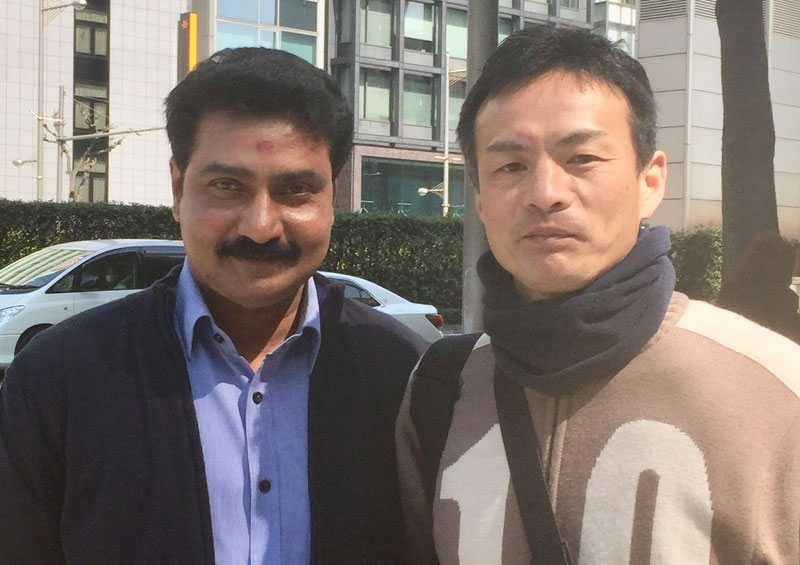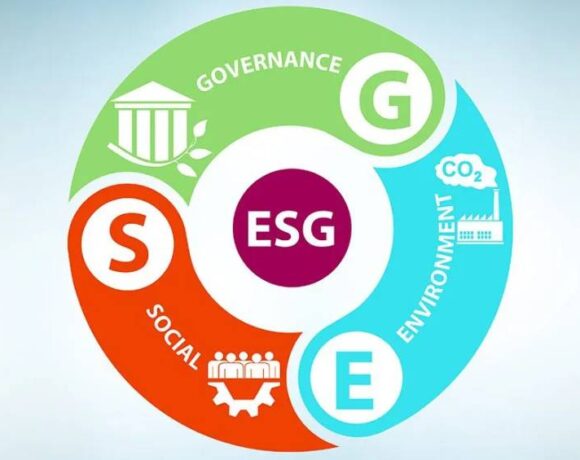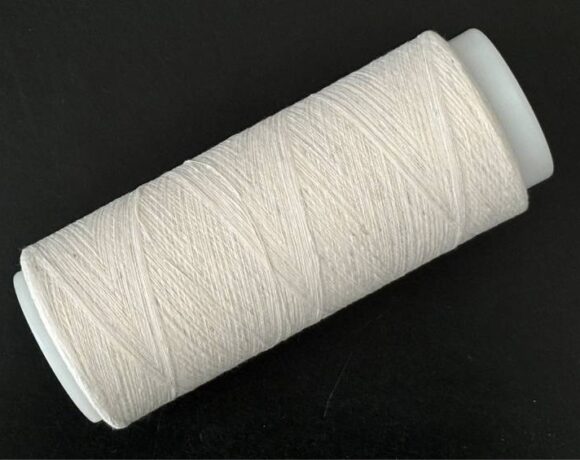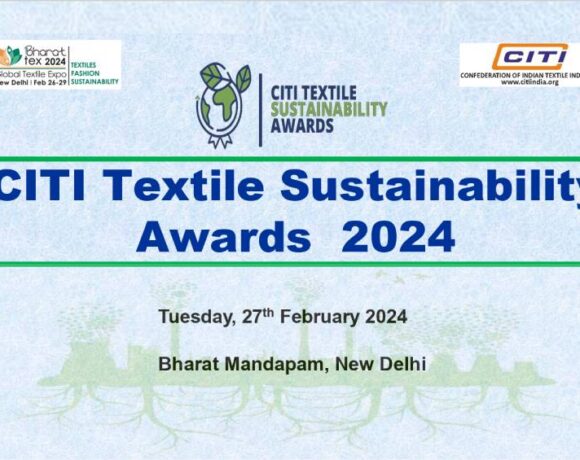The Textile Dilemma: How Spinners And Consumers Can Contribute To Sustainability

The issue of sustainability does not lie with the mill owners, but with the ultimate consumers who seek cheaper options. Spinners adapt and adjust themselves to market demands, writes Murugan S.
“The third most commonly used raw material in textiles is regenerated cellulosic fibres. Cotton fibre production is limited. For the past several years, it hovers around 120 million bales each of 480 lbs, approximately 27 million tonnes. However, the global apparel production in the year 2019 is 62 MT and is expected to reach 102 MT by 2030. So, the only way to meet the additional demand is to incorporate alternatives like ‘regenerated cellulosic fibres…”
The sales manager of the cellulosic fibre manufacturer was explaining his products while I was engaged in sideline talks with a spinning mill owner seated beside me.
To my surprise, he whispered in my ears, “I would rather increase polyester than opt for this fibre.”
His statement reminded me of the game ‘Would You Rather,’ where players choose between two contradictory options and provide reasons for their choice. This game often reveals the players’ attitude.
Now, I understood the spinner’s attitude.
Then, we decided to continue our conversation at the break as we didn’t want to be a wet blanket to the seminar.
The sales manager continued his presentation.
“The man-made fibres like polyester have a negative impact on earth and human. These fibres do not allow the skin to breathe, leading to discomfort, especially in hot and humid conditions. Additionally, polyester produced from non-renewable fossil fuels has a high carbon footprint and water footprint. When polyester garments are washed, they shed tiny plastic fibres called microplastics which enter water bodies, harming aquatic life and potentially contaminating the food chain. Regarding biodegradability, polyester fibres persist in the environment for hundreds of years, causing a long-lasting impact on ecosystems and wildlife.
Though polyester has become an integral part of our daily lives, with many brands promoting sustainability and preferring Modal, Tencel and its blends, and the government bodies changing policies toward environmental consciousness, we predict an increase in the use of our fibres, which share similar properties with cotton. So, why wait until the change happens? Let’s start making the change today!” the manager concluded.
Suddenly there was a voice from the audience. “We heard that viscose was also harmful to the environment. South Indian Viscose was closed due to environmental pollution problems, right?” The manager replied politely, “The first-generation viscose was like that. But the third-generation viscose we produce today is extracted from wood grown in sustainable plantations, often eucalyptus. The fibre production process is environmentally friendly at all levels, as no hazardous chemicals are used. The solvent and water used for its transformation are up to 99% recycled in a closed-loop process.”
Another person from the audience raised a question. “Please tell us the pros of regenerated cellulosic fibres against the cons of polyester.”
“Absolutely,” the manager said. “Regenerated cellulosic fibres have anti-bacterial properties and are bio-degradable. No chemical additives are used. The nanofibrils – the tiniest hairs that make up fibres – channel away moisture, preventing bacteria formation and enabling multiple wears before each wash. Modal and lyocell fibres have a lower carbon footprint and water footprint compared to cotton and polyester. Therefore, if you have sensitive skin or are looking for a more sustainable option, Modal or Lyocell fibres would be a better choice than polyester,” he concluded.
During the seminar break, the spinner and I continued our conversation.
He expressed his concerns, saying, “I understand your advocacy for sustainability, but where are the buyers if I produce yarns with organic cotton, Modal, or Lyocell, which cost more than Rs 200 per kg? Maybe, big corporate mills can do it. Until 2021, I produced cotton yarns and spent countless sleepless nights. The prices of both raw materials and final products are so unpredictable that aligning them and earning a profit required enormous effort and luck. Unfortunately, I never learned the trick to match these prices. Whenever I attempted to buy more cotton at a certain price, expecting it to rise, the price would suddenly drop the next day, as if it had been waiting for my purchase. Consequently, yarn prices would decrease, leading to operating losses. Now, I find comfort in using polyester for my yarns, which are used in T-shirts. Do you know the price of one T-shirt? It is Rs 125 to 150 per piece.”
His sentiments echoed those of most spinners, especially those in small units in India.
I have immense respect for mill owners; they are courageous individuals who take risks, create numerous jobs and significantly contribute to improving the country’s economy. The issue does not lie with them, but with the ultimate consumers who seek cheaper options. Spinners are adapting and adjusting themselves according to market demands.
We do have exceptions. Consider Triarchy. It was initially a direct-to-consumer denim brand. However, as the brand continued to grow, the siblings noticed the incredible amount of water waste and chemical harm the denim manufacturing industry was having on the planet. Instead of turning a blind eye, they checked their egos and stopped production, taking their brand offline in 2016 in order to find a better way to make jeans.
Three years later, after what seemed like an endless amount of research, Triarchy was reborn as the denim brand we know and love today. Responsibly made, with sustainability and ethical manufacturing in mind. (I thank Triarchy website for this information).
Triarchy is not just a denim brand, it is a vehicle to educate consumers on mindful consumption and the now more than even importance of less is more.
The need of the hour is awareness. How many of us check the labels of the clothes before we buy? How many of us have information about what we wear and what is its impact? Do the clothe-labels provide enough details like those in other countries such as Japan? In Japan, brands educate customers about responsible buying and disposal.
Do we possess such awareness?
(Murugan Santhanam is the author of this article.)















